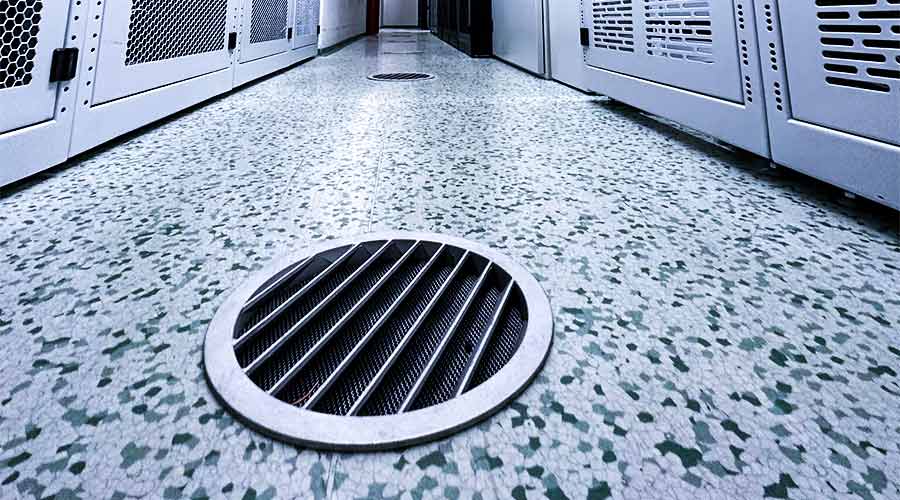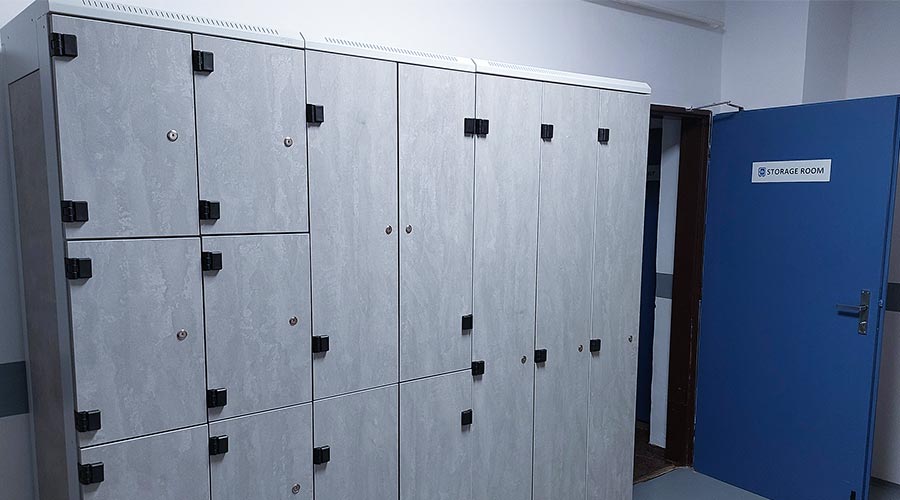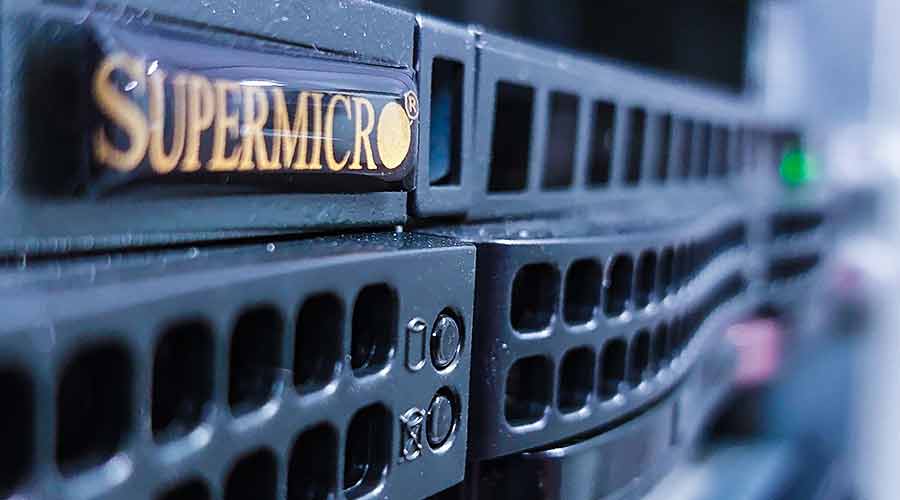For several years we have been looking for a technology that would make our data center operation more efficient, reduce its energy consumption and ultimately help the environment. After a thorough analysis, we decided to install a Freecooling system. And now we will present the first results to you.
Data centers with their demanding operation belong among the largest consumers of electricity in the world. In the last two decades, several promising technologies, that dynamically reduce this energy intensity, including carbon dioxide production, have emerged. These include, for example, water cooling, the use of solar energy, or the installation of free cooling, so-called the Freecooling. We also at Coolhousing have been thinking about what technology, which we can use in our conditions in order to on the one hand its purchase and the return on investment would be within a few years, and on the other hand we can reduce energy and financial intensity of the data center, which we could then reflect positively in our prices.
Freecooling, installation and measurement

After a detailed analysis of all possible technologies, the Frecooling system, which we started installing during 2022 and completed in March 2023, met all the above aspects. The Freecooling, or system of free cooling works on the principle of using (drawing in) low outside temperature air to reduce the temperature inside the building, or to create cold. By reducing the temperature inside the building through this low-maintenance and simple method, the main chillers or air conditioning units do not have to run at full capacity, which resulting in reduced consumption and greater efficiency of the entire building.
For our data center project we chose the method of direct freecooling (in the industry, the vast majority of cases can be found with freecooling built into the unit or with completely separate freecooling) and adapted it to our conditions. The freecooling is usually implemented in new buildings and there is usually not enough space in existing data centers to install this technology. However, due to the fact that our data center is also a telehouse, we have gradually modified our internal spaces in such a way that we can install a modified version of freecooling. In our concept of this system, the outside cold air is drawn into a multi-stage filtration system to obtain optimum humidity, temperature and cleanliness. It is then blown directly into the hot aisle. The filtered air portion is mixed with the exhaust warm air in the server room. Thus its temperature is lower and the indoor cooling unit does not have to expend as much energy to cool it further.
In order to make this cooling system fully automatic and to be able to continuously evaluate the energy efficiency of the entire operation and the cooling, we made another equally costly investment in the form of a new temperature monitoring system. The new MaR system not only measures very accurately in real time the power input of each device in the server room, the temperature of each aisle, but also evaluates the outside temperature, which as soon as it exceeds 23 degrees Celsius, the whole system shuts down due to low efficiency.
Measurement results – 35% efficiency increase
To evaluate the success of the free cooling system installation and the energy consumption reduction in our data center, we used the fact that server rooms S1 and S2 have almost the same energy load as server room S3, where the freecooling technology was installed. Thanks to this proper division, we are able to compare the power consumption of the cooling infrastructure of all server rooms and see how much the system has helped to increase efficiency. We converted the difference into percentages to get a better idea of the savings in favour of the S3 data room.

Graph: Percentage difference of cooling infrastructure power in favour of server room S3,
temperature measurement deviation is +- 1%

Based on the measurement results and the comparison of the cooling input of both parts, there is a clear increase in the efficiency of the S3 server room, which at the beginning of the measurement reached the value of 50%. Unfortunately the freecooling efficiency decreases as the outside temperature increases, and it shuts itself down when the temperature exceeds 23 degrees and operates mainly at night. This can be observed by a gradual decrease in efficiency at the beginning of May. Despite the onset of summer temperatures, the freecooling system in hall S3 was able to reduce the cooling power consumption by 31.7% on average over the period under review, and in the case of the median, this is 34.8% compared to the energy consumption of the cooling system in server rooms S1 and S2.
It should be noted that the temperature measurements were taken during the period when the cooling infrastructure is most efficient. During the summer months, freecooling will be largely out of service and will be launched from autumn to the end of spring. Based on our test regime that we started last autumn, freecooling should again increase the efficiency of data center operation as the temperature decreases and effectively offset the lower efficiency of the air conditioning units in the winter at freezing points.
Benefits and other green plans
The freecooling project in our data center has so far shown considerable benefits in both testing and live operation. In terms of cooling efficiency, we have seen an increase of more than a third, which in the long term means a big energy saving. And not only that. By combining freecooling with our cooling system, the load and power requirements of the air conditioning units are reduced. This ultimately means a longer lifetime and financial savings.
Within the freecooling, which is like a living organism, we will continue in the further optimization and gradually expansion to the remaining data rooms. Along with this, we are planning a modification of data center roof in order to reduce the outside temperature, especially in the summer months, and last but not least, we are analyzing the possibilities of further utilization of the generated waste heat. All of this, for higher efficiency of our operation, which is gradually being reflected positively in the cost of our services and for our environmental responsibility.
Coolhousing team



